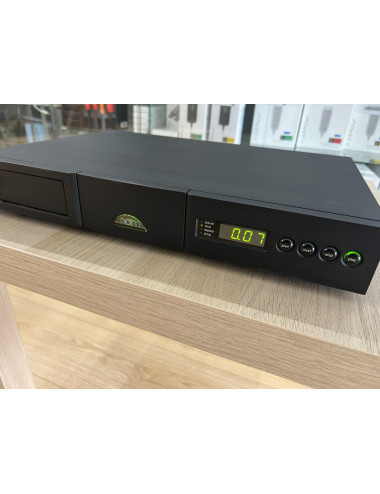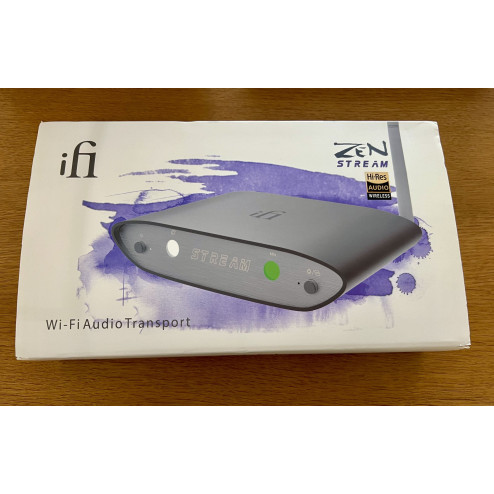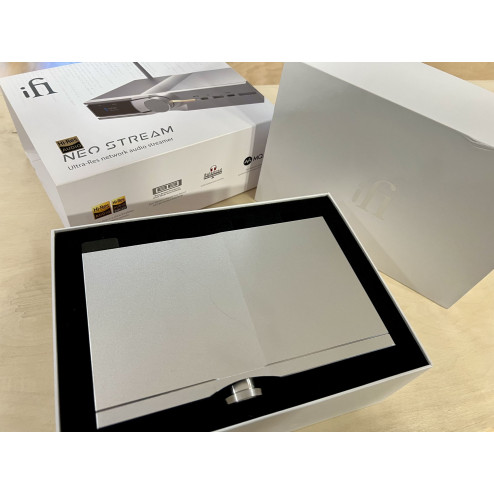
more…
Display and audio circuits are isolated
The front panel design isolates the display circuitry from the audio circuitry to avoid interference
The purest digital stream
From the CD-transport we extract the SPDIF signal, which is fed to a DIR1703 digital receiver. DIR 1703 has excellent jitter suppression abilities ensuring that the DACs receive as clean a digital signal as possible – giving the most natural sound. We have chosen not to incorporate any other signal treatment such as up-sampling, which can colour the sound.
Balanced design all the way to the outputs
For precise digital to analogue conversion, the CD31 uses four 24 bit/96 kHz Burr-Brown PCM1704 K-graded DACs – one of the best analogue to digital converters available today. The DACs are configured in a truly balanced configuration: two DACs per channel. Each DAC carries the same signal with opposite phase. On the receiver side (before the DACs) the signals are mixed, and since any interference that has arisen during the transmission will be present in both lines with identical phase, such noise and distortion products are cancelled out leaving only the pure original signal. Interpolation filtering is carried out by the excellent DF1704. Each DAC uses its own current to voltage converter stage, Burr-Brown’s OPA2134, a sonically excellent operational amplifier. The signal path is finished in a single-ended output
stage with a discrete MosFet transistor driven by an active current source instead of the use of passive resistors.
Shortest signal paths
SMD technology is used whenever possibly to keep the signal path as short as possible. No compromise power supply for the best possible performance
Each part of an electronic design has specific power requirements.
Primare’s forensic approach to ensuring that clean power is supplied throughout the design is a key part of its design philosophy and has significant sonic benefits.
An internal mains filter ensures that any high frequency disturbance is removed before it reaches the power transformer, which is placed as far away as possible from the delicate analogue circuits. The player incorporates a fantastic R-core transformer with separate windings for all of the player’s different power requirements (mechanical, analogue, digital, etc) – eight in all! Each is individually regulated in thirteen steps to ensure that enough power is constantly available. For the critical analogue audio stage, the player incorporates ultra fast discrete power regulation, ensuring that enough regulated power is available for even the deepest sonic transient that can be recorded on a compact disc.
This power supply configuration together with different ground planes for all kinds of signal layers gives the player the usually extremely high signal to noise ratio allowing you to take full advantage of the dynamic range possible with CD.
Power in standby mode: analogue audio sections are supplied with mains power in standbymode. This means that no run-in time is necessary for the player when activated from standby mode. Its performance will be the same as if it were left in operating mode continuously.
Analogue output
The analogue output provides for both the recommended balanced XLR outputs and the conventional unbalanced RCA for connection with an appropriate stereo amplifier.
Digital output
The CD31 Compact Disc Player provides one RCA co-axial 75 ohm S/PDIF, one optical TOSlink and one professional XLR 110 ohm AES/EBU digital output for connection to a digital preamplifier or digital surround processor.
Inputs
DATA
The DATA input is intended for use with future products. RS232 The RS232 port will allow you to connect to a home automation installation system. It will also allow you authorised personnel to connect to the CD31 for service and future upgrades.
IR
For independent IR control by home automation systems, the CD31 can be controlled by using the IR-input on the back panel.
Specifications
Mechanism DVS
D/A Converter 4 x Burr-Brown 1704 K grade
Output Analogue Unbalanced 2.0 VRMS
Output Analogue Balanced 4.0 VRMS
Output Impedance 100 ohm
Frequency Response 20 Hz – 20 kHz (-0.5dB)
Signal to Noise Ratio 105 dB
Harmonic Distortion >0.01% (20 Hz – 20 kHz)
Digital Output Coaxial (SPDIF) 75 ohm
Digital Output AES/EBU 110 ohm
Power Consumption Operating 34 W
Power Consumption Standby 16 W
Dimensions 430 x 385 x 100 mm
Weight 10.5 kg
Color Option Black, Titanium


































